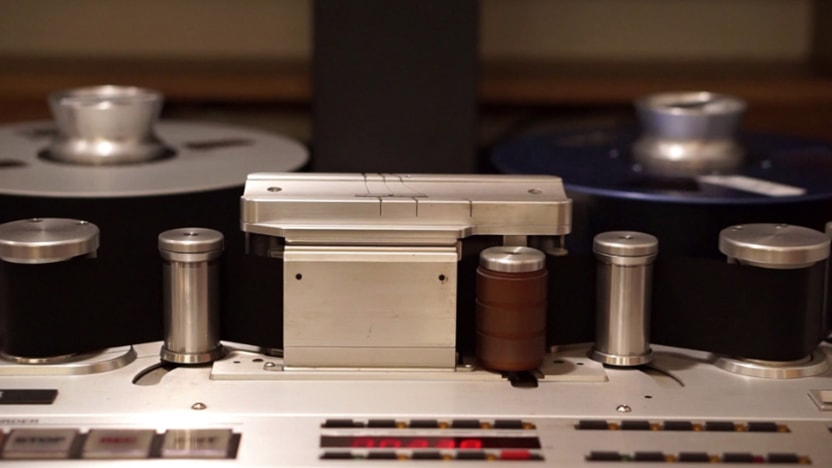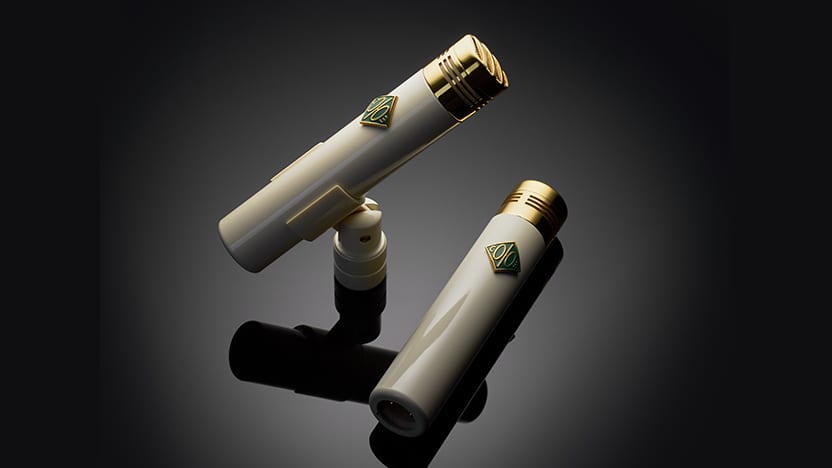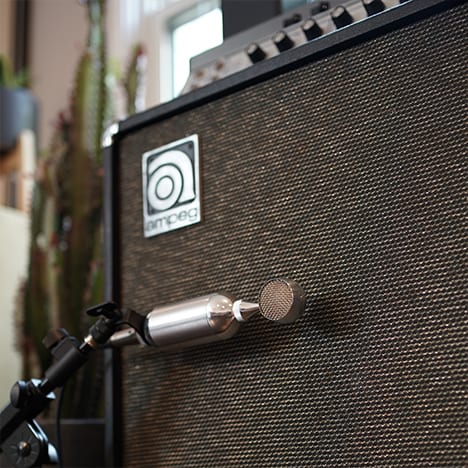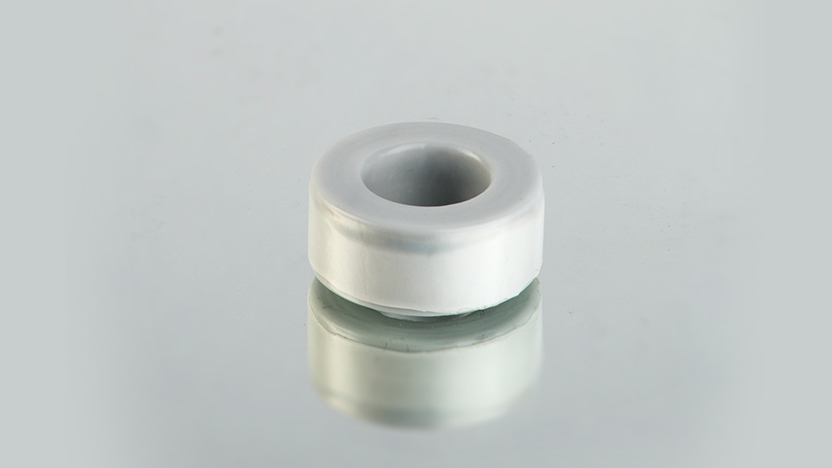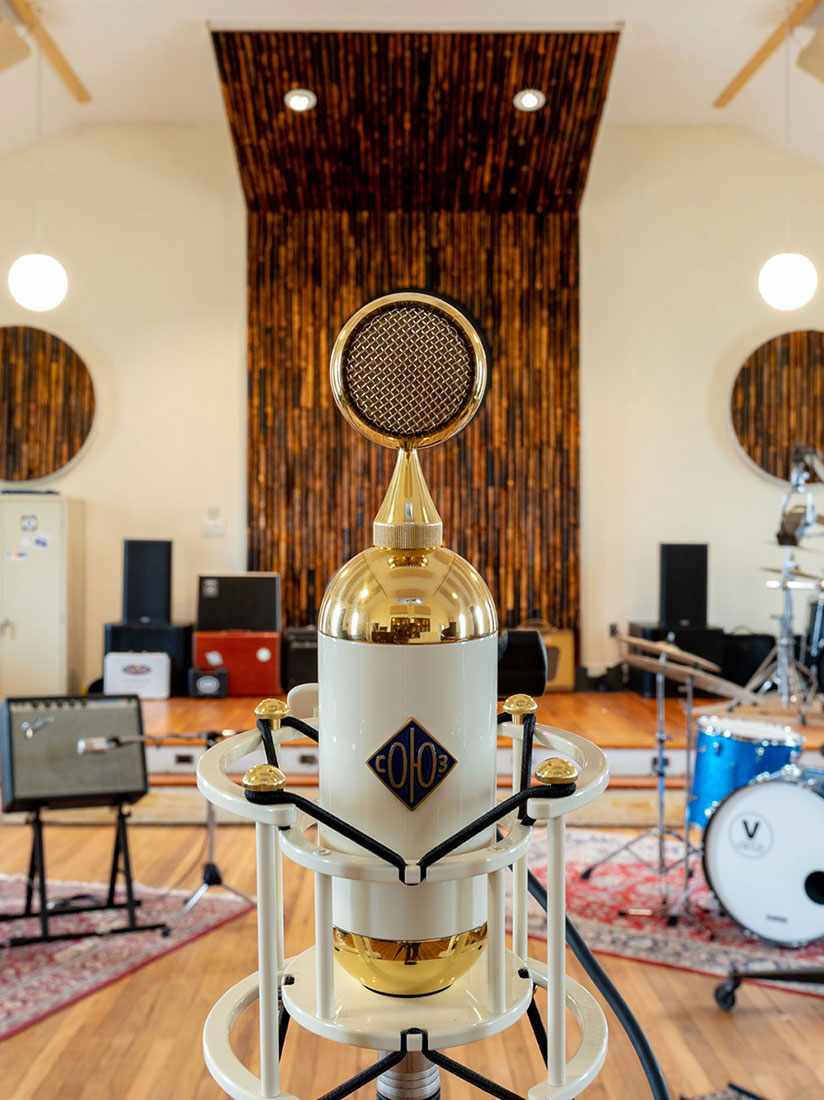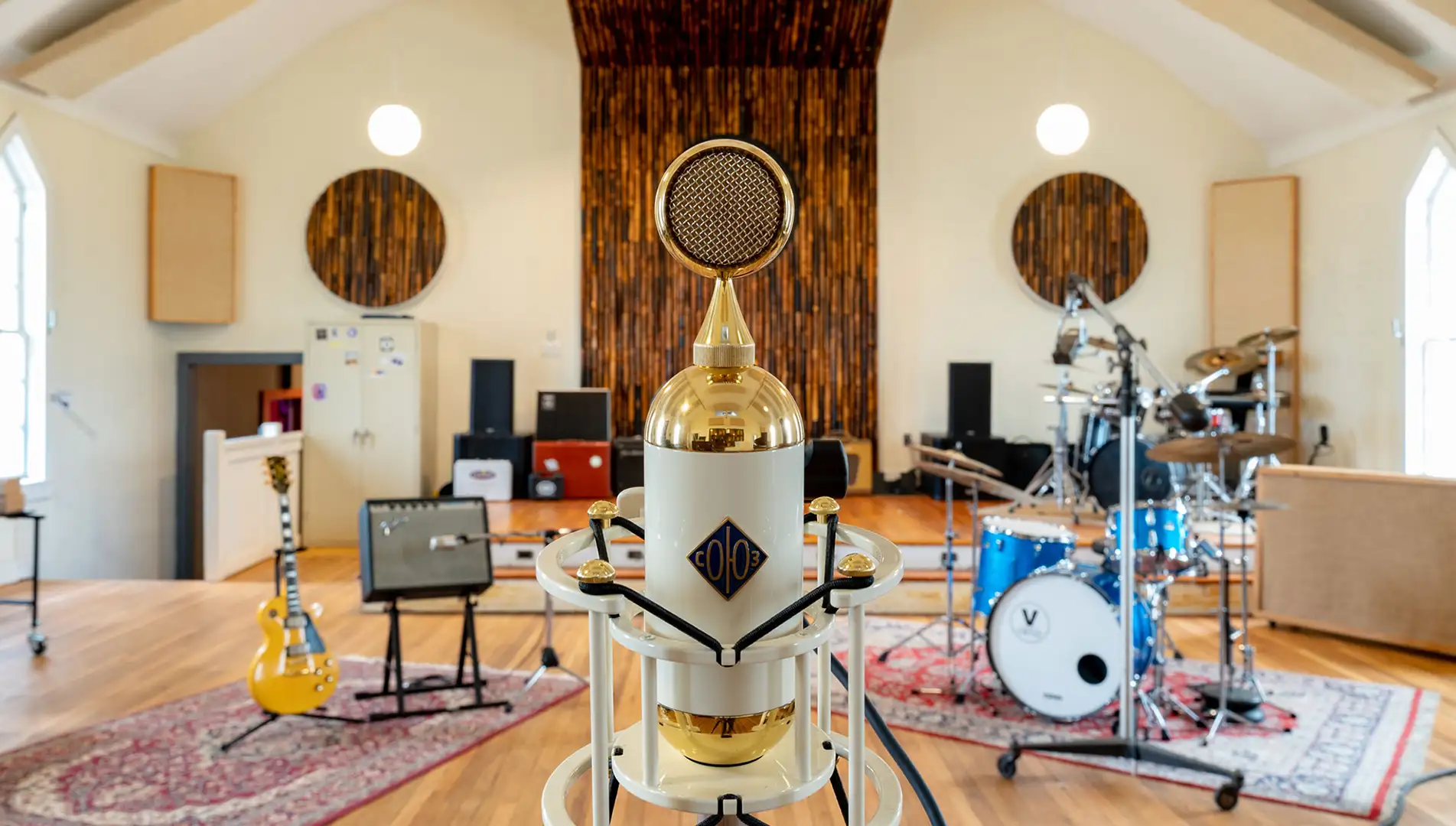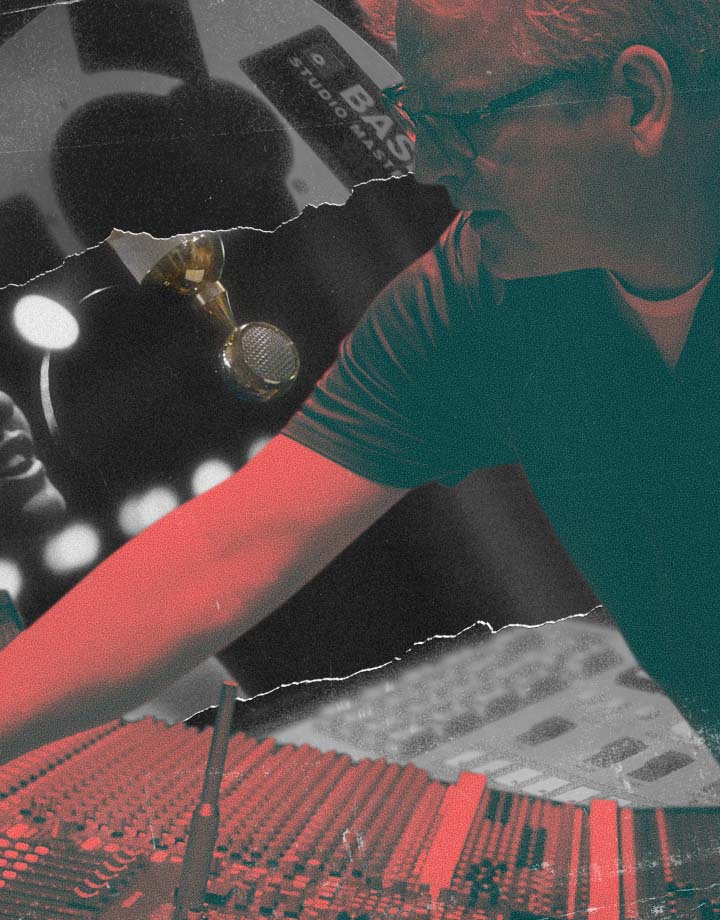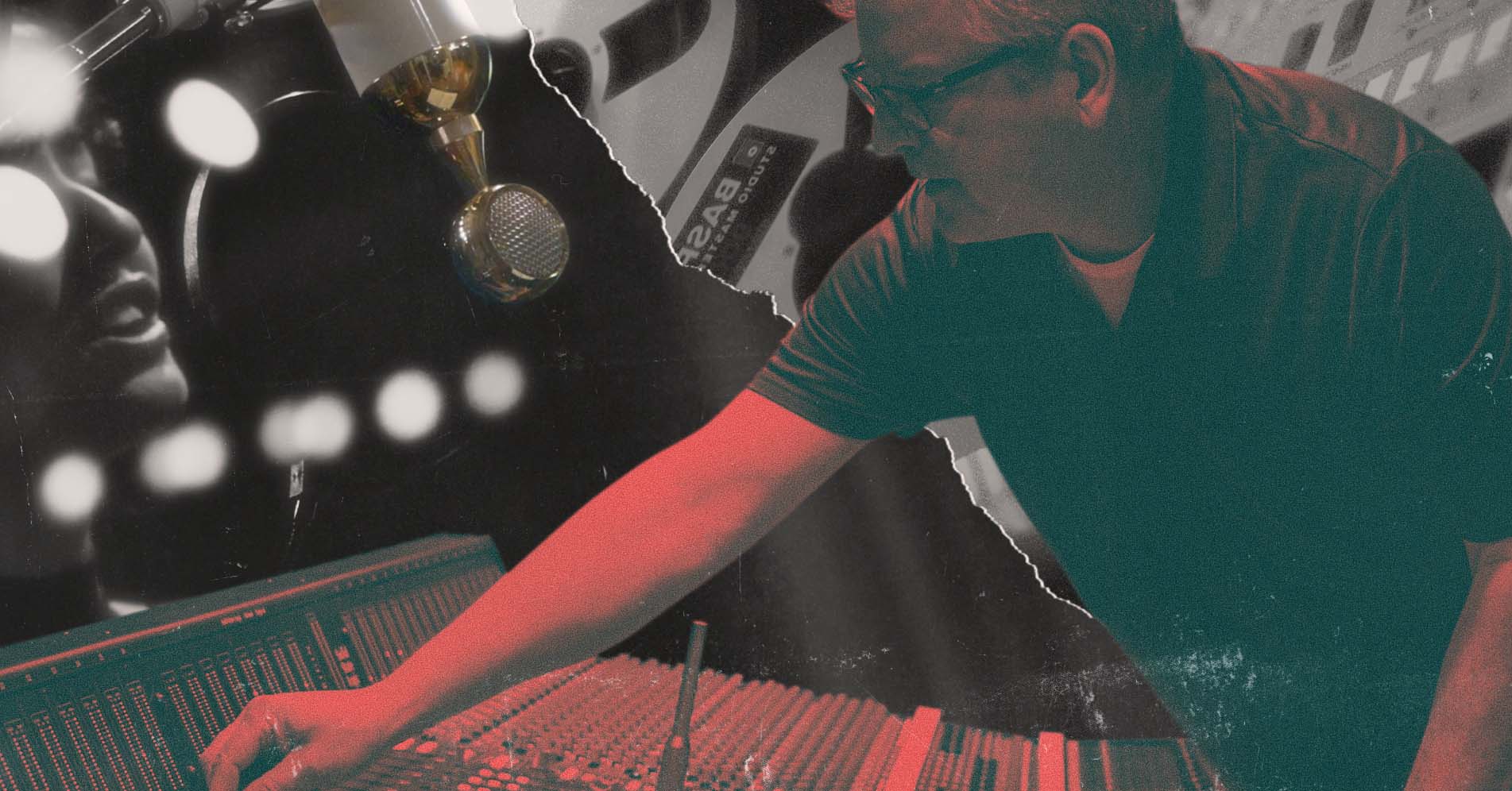Microphones are like instruments– each has its own unique character, feeling, and sound. Take guitar as an example. On one song, you might choose a Stratocaster and on the next, a tele. There is no perfect guitar that will work in every situation, but there are certain go-to instruments you use more than others. This concept is the same with microphones. Some mics are great as drums overheads while others are made for vocals. Certain mics are a jack of all trades and do a pretty good job at everything, while others are the best in the specific applications they were designed to capture.
In the modern era, with the hundreds of microphone companies out there, why has it been so difficult to recreate that “classic sound” even though there is a multitude of clones of classic mics to be found on the market?
The Classic Sound Wasn’t Just About The Mics
Think of your favorite classic album from the 60s or 70s. Almost every one of those records has a special sound. The combination of a bright condenser and a colored tape machine and console together created this tonality with a unique character. This is something that people have tried for years to emulate with a variety of tools: vintage microphones, tape plugins, special preamps, and more. But what proved difficult was creating a mic that could capture this vibe without all of the other workarounds.
By design, many of the classic mic designs had an overly bright top-end that was tamed by the high-frequency roll-off of a tape machine. Their capsules were designed to be excessively hyped from 2kHz and above so that they would compensate for the large roll-off that tape machines provide. These high-frequencies were often so rolled off by the tape machine and console that by the end of the recording chain, the mics would sound smooth, natural, and larger-than-life. When recording to tape, these vintage mic designs had a beautiful sound. But in the modern digital era, these same mic designs often create extreme sibilance, washy and harsh cymbals, and sharp, rigid sounding instruments.
When setting out to design the first Soyuz mic, the 017 TUBE, the primary goal was to capture the classic microphone sound in a way that would work as well recording digitally as it would when recording to tape without having to use tape plugins or colored preamps. Soyuz mics are designed to capture this sought after sound by combining the best elements of the vintage signal chain in a single microphone– a smooth top end, a warm midrange, a large low-end, and character. This meant imagining a microphone that had all of the unique traits of the classics and dissecting what made those classic records sound so special.
The Capsule Comes First
At the heart of every great microphone is the capsule. The capsule is the piece of the mic most responsible for its overall sound. Every classic mic had its own capsule design that made each mic unique in its own way.
Years of research and development went into the capsules that became the basis of the Soyuz sound. Although some of Soyuz’ capsule designs can be traced back to companies like Neumann or LOMO, they have all been significantly altered by our engineers to achieve that “Soyuz sound”. And unlike most modern mic companies, Soyuz machinists sputter and tune every single capsule by hand. While every Soyuz mic is unique, they all have similarities that make them part of a sonic family.
A Smooth Top End
The Soyuz capsules (017, 023 and 013) took years to perfect so they could capture the qualities that artists and engineers search for in their sound. Instead of overly bright treble, each Soyuz capsule was designed with a unique top end and a high-frequency roll-off that starts between 12khz and 17kHz depending on the model. This is unique to the Soyuz mics because most condensers boast about their extended high-frequencies. As a result, Soyuz capsules are much smoother and more pleasant when recording digitally, like what you would capture when running a vintage mic through a tape machine.
For an example of this smooth top end, listen to the 017 TUBE on female vocals.
Low End For Days
The Soyuz mics were designed with low-end in mind. Every Soyuz mic has a slow roll off that doesn’t begin until 60hz. This is uncommon in most condensers but an important characteristic that was prevalent in vintage tape machines. The 023 Series microphones even have a small bump at 60hz allowing for defined and detail lows. This makes them perfect for capturing baritone vocals, the low end of a drum set (including kick and toms), bass cabinets, guitar amps, double bass, cello, and baritone horns. Instead of blending two mics to capture the full frequency response of an instrument, the Soyuz mics can standalone and capture everything from top to bottom.
For an example of this extended low end, listen to the 023 BOMBLET on the kick drum.
Throw in Some Transformer Color
While the capsule is a very important there are other elements that have a significant impact on the Soyuz sound. Just like the most sought after vintage preamps and tape machines, every Soyuz microphone has a transformer that imparts tonal characteristics that greatly affect the sound. Whether an SDC, LDC, or the Launcher, the goal at Soyuz is to add vibe to your sound. Soyuz’s custom transformers smooth the highs and thicken the lows. This transformer combined with the Soyuz custom capsules creates a warm and forgiving sound unlike any other mics on the market.
For an example of the Soyuz sound, listen to the 013 TUBES on acoustic guitar.
It’s hard to communicate sound with the written word, but there is something special and unique about the sound of those records of old that the Soyuz mics have been able to capture. You have to hear it to believe it.
